
How to combine different materials in one interior (canvas, dibond & plexiglass)
The material of an artwork largely determines how it looks in an interior. Canvas, dibond, and plexiglass each have their own unique look and therefore fit differently within a space. By consciously combining materials, you can create depth and contrast without the overall effect becoming cluttered.
In this blog you can read how to use different materials in a balanced way in your interior.
1. Canvas – warm and natural
Canvas has a matte texture and feels soft and artistic. It fits well in calm, natural, or Scandinavian interiors. It also looks great paired with wooden furniture or neutral tones.
2. Dibond – sleek and modern
Dibond is an aluminum sheet with a smooth surface. It offers a modern, minimalist look and works well in tighter spaces. The material's sharpness keeps the artwork clean, even in large formats.
3. Plexiglass – depth and reflection
Plexiglass creates a glossy and bright effect. The reflection of light adds intensity to a work, which works particularly well with expressive or colorful designs. It complements interiors with glossy accents or a more luxurious style.
4. Combine without it becoming crowded
• Use a maximum of two materials within one wall or space.
• Make sure that the style of the artworks matches, for example in terms of color palette or design.
• Let one material take center stage and use the other as a subtle accent.
• Keep the colours calm when materials contrast.
5. What works in which room?
| Room | Recommended material |
|---|---|
| Living room | Canvas or dibond |
| Bedroom | Canvas |
| Kitchen or hall | Dibond |
| Modern office space | Plexiglass or dibond |
| Creative space | Mix of canvas and plexiglass |
6. Advice per interior style
| Interior style | Best material |
|---|---|
| Scandinavian / Japandi | Canvas |
| Modern minimalist | Dibond |
| Luxury or hotel style | Plexiglass |
| Industrial | Dibond with optional canvas accent |
By carefully combining materials, a balanced interior with depth and character is created. It's not the material itself, but the coherence between art, color, and space that ultimately determines the effect.

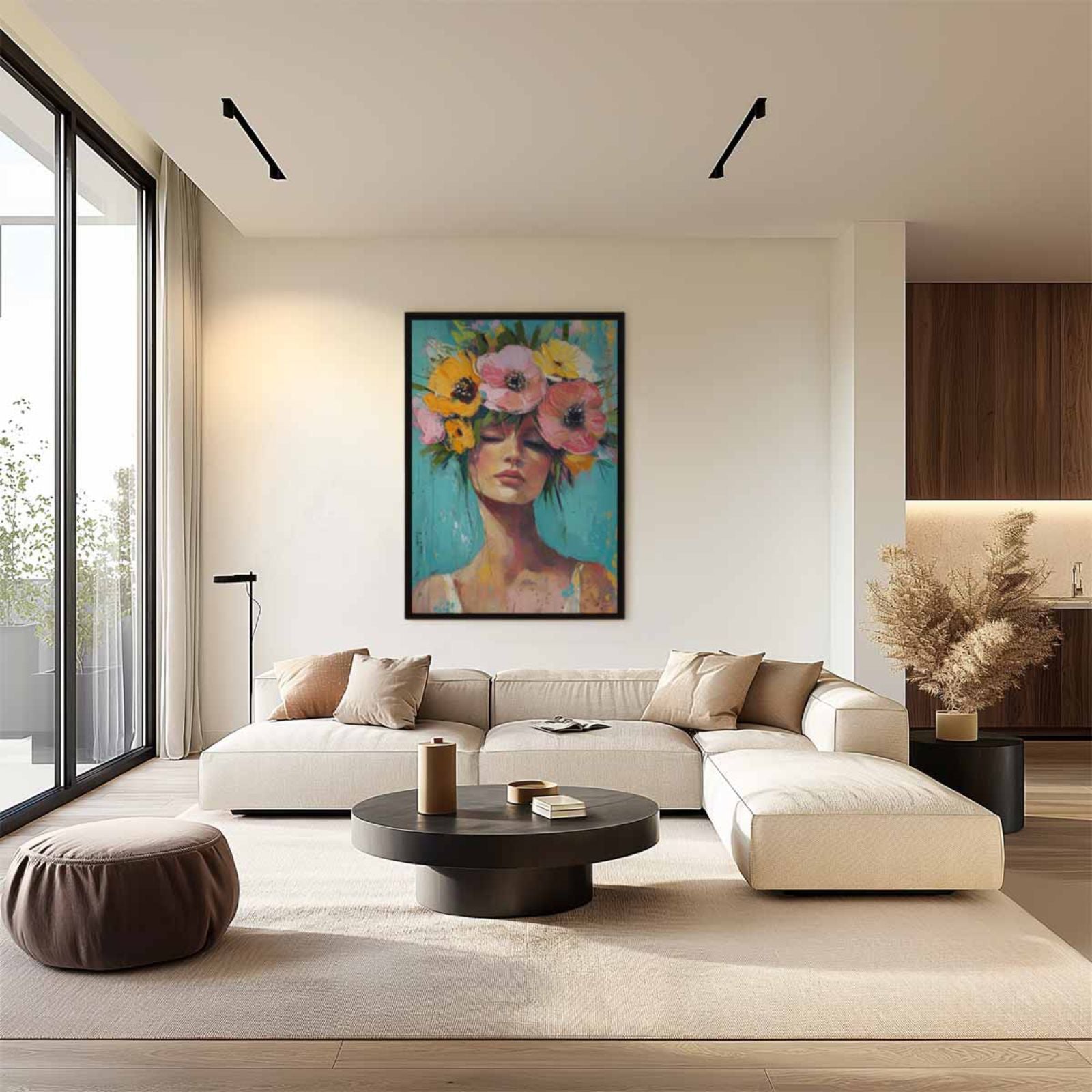


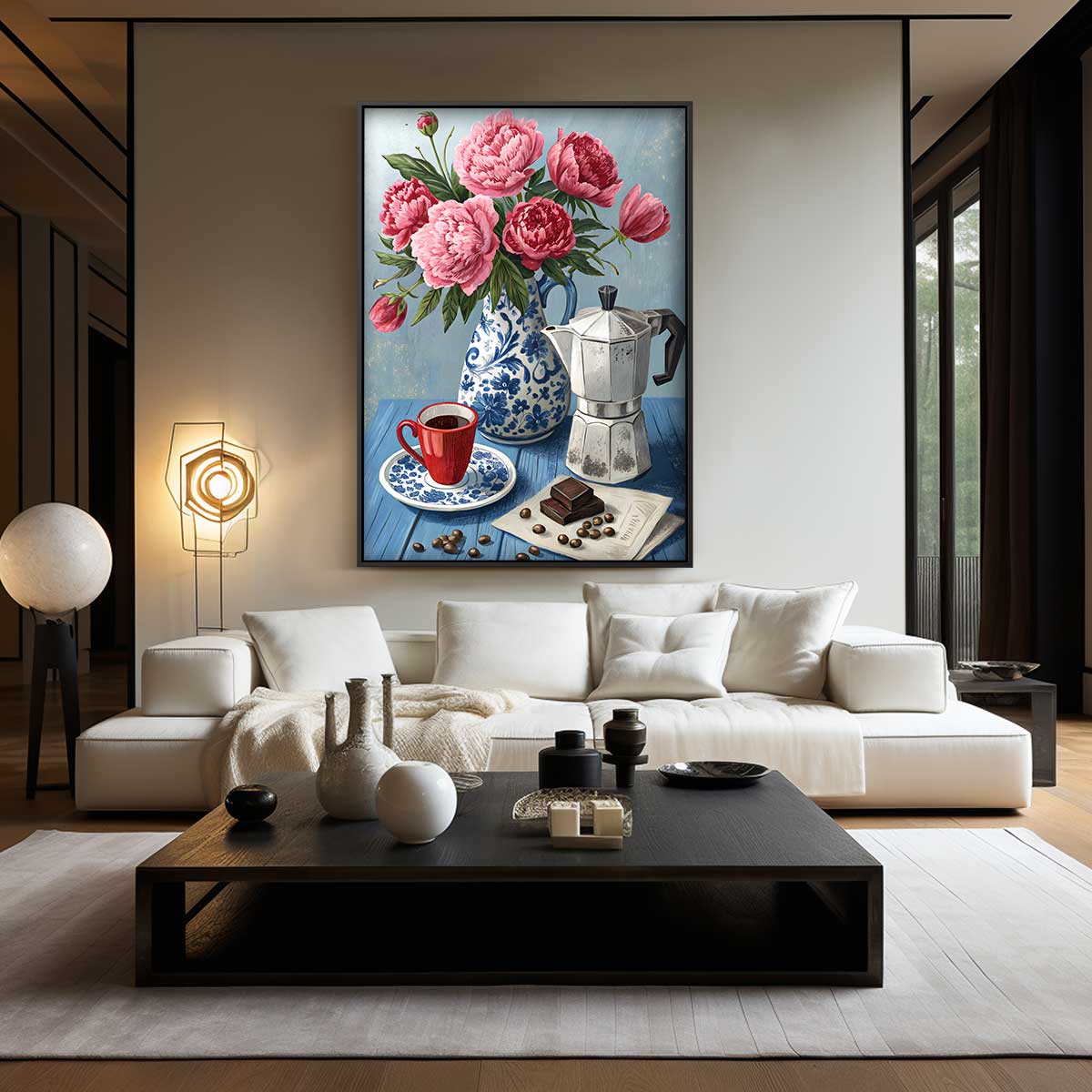

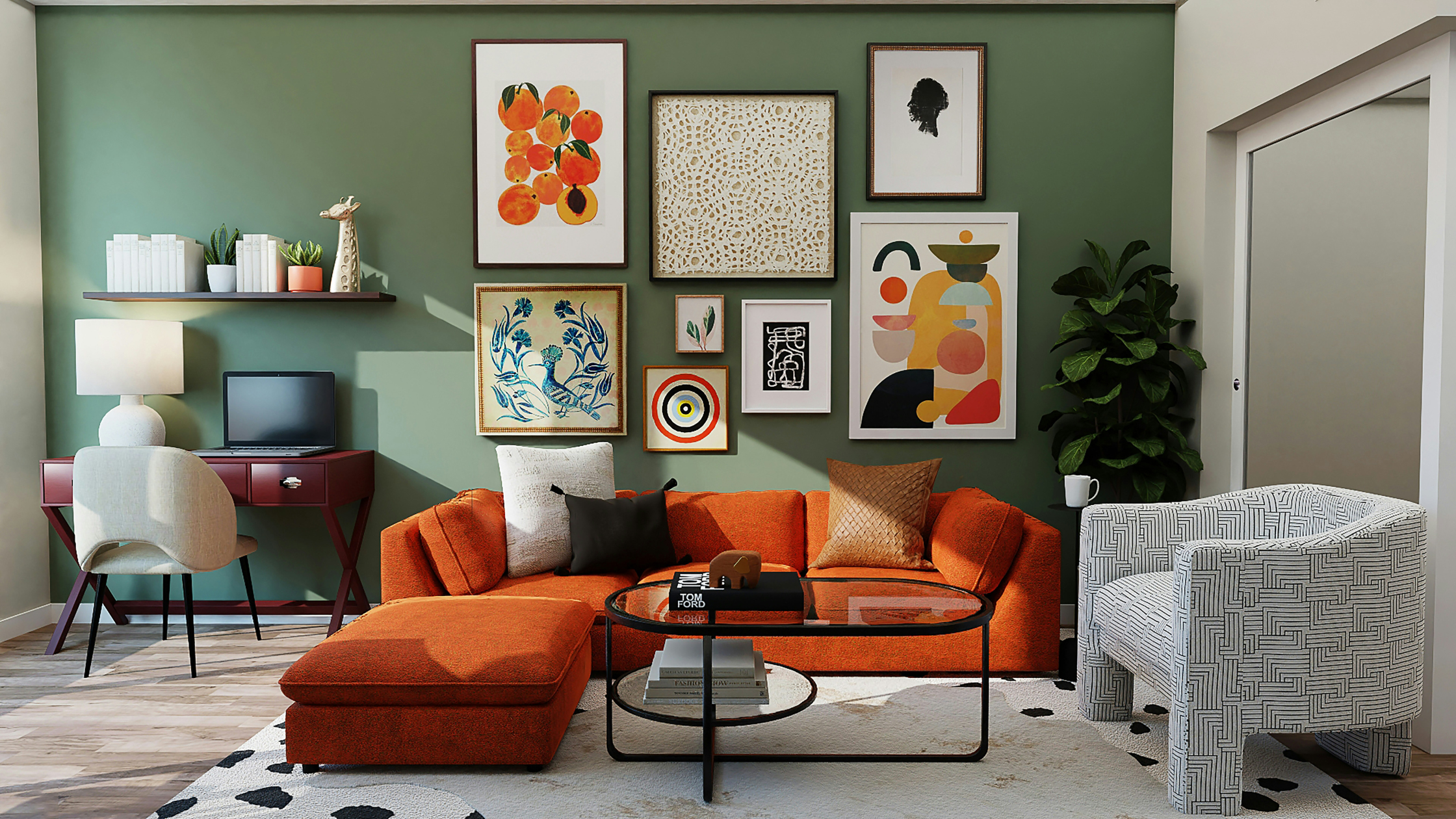
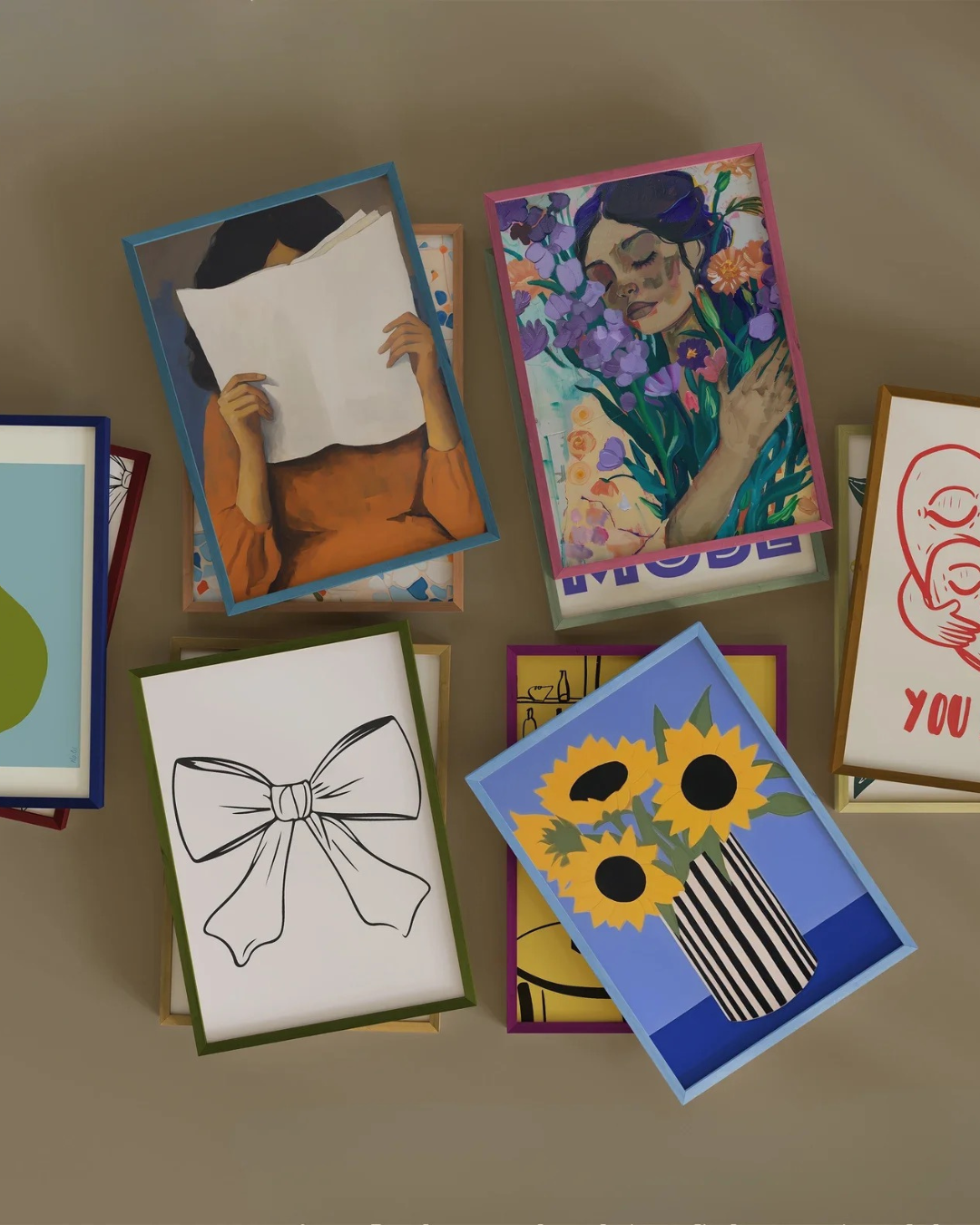
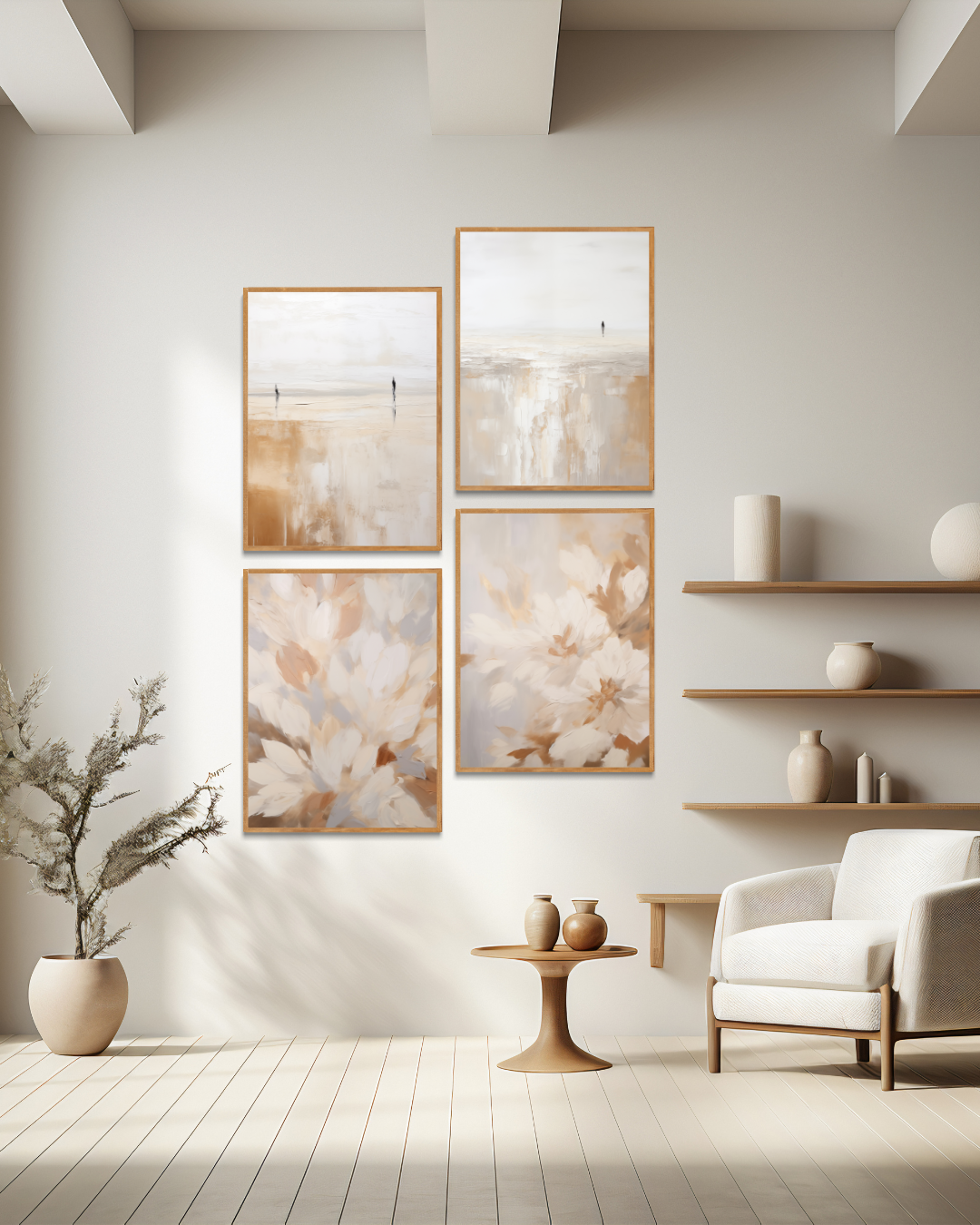
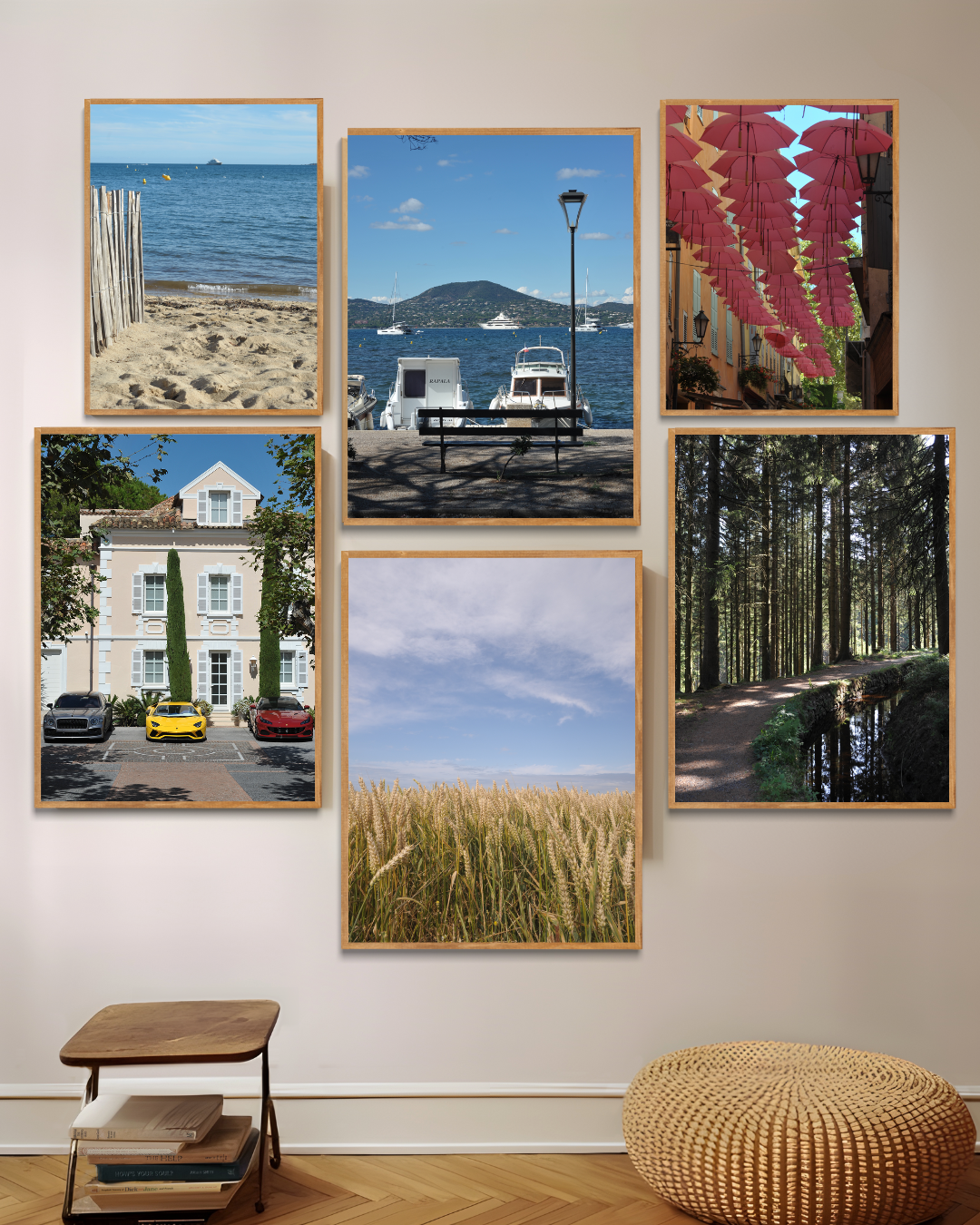
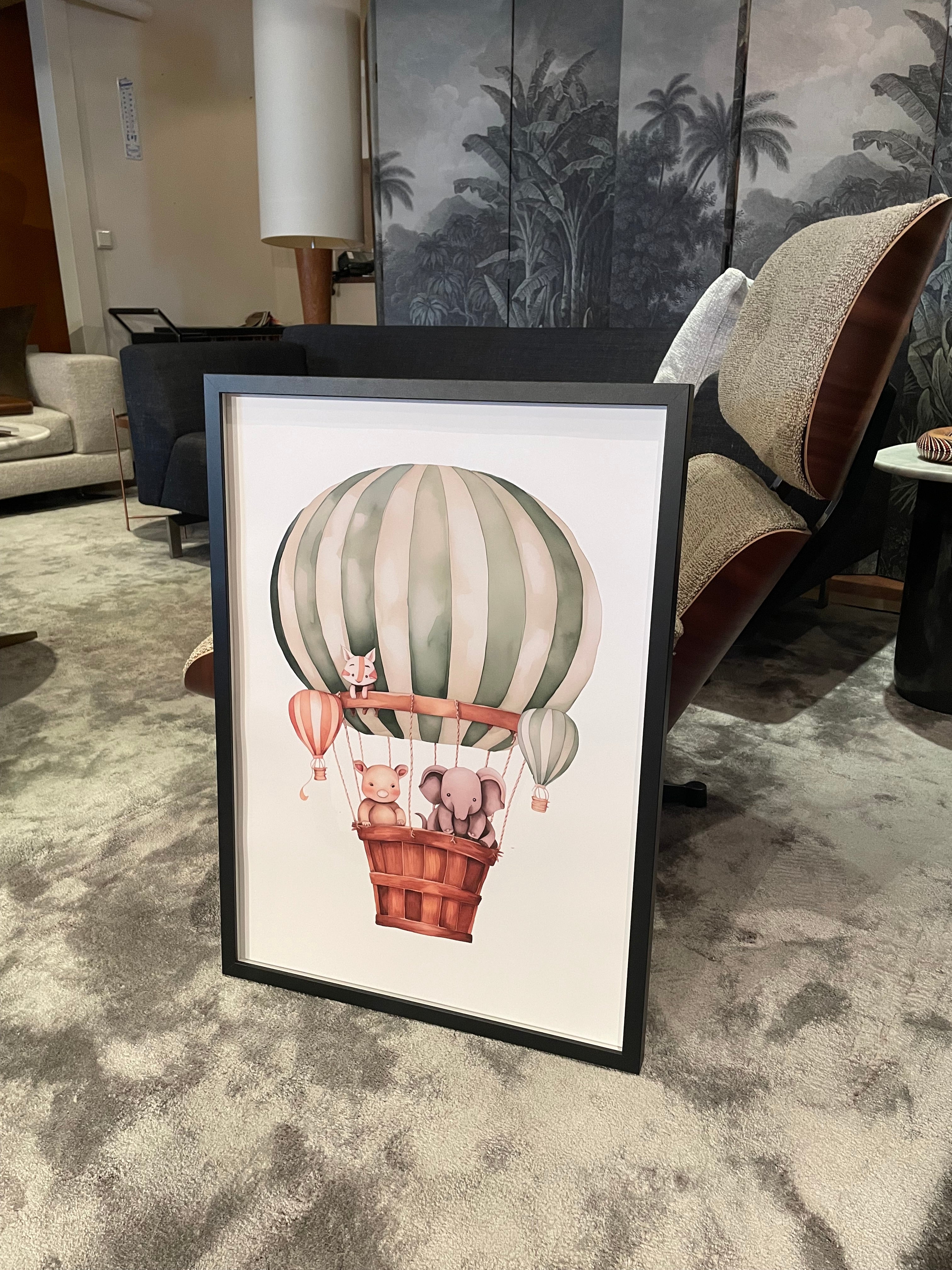
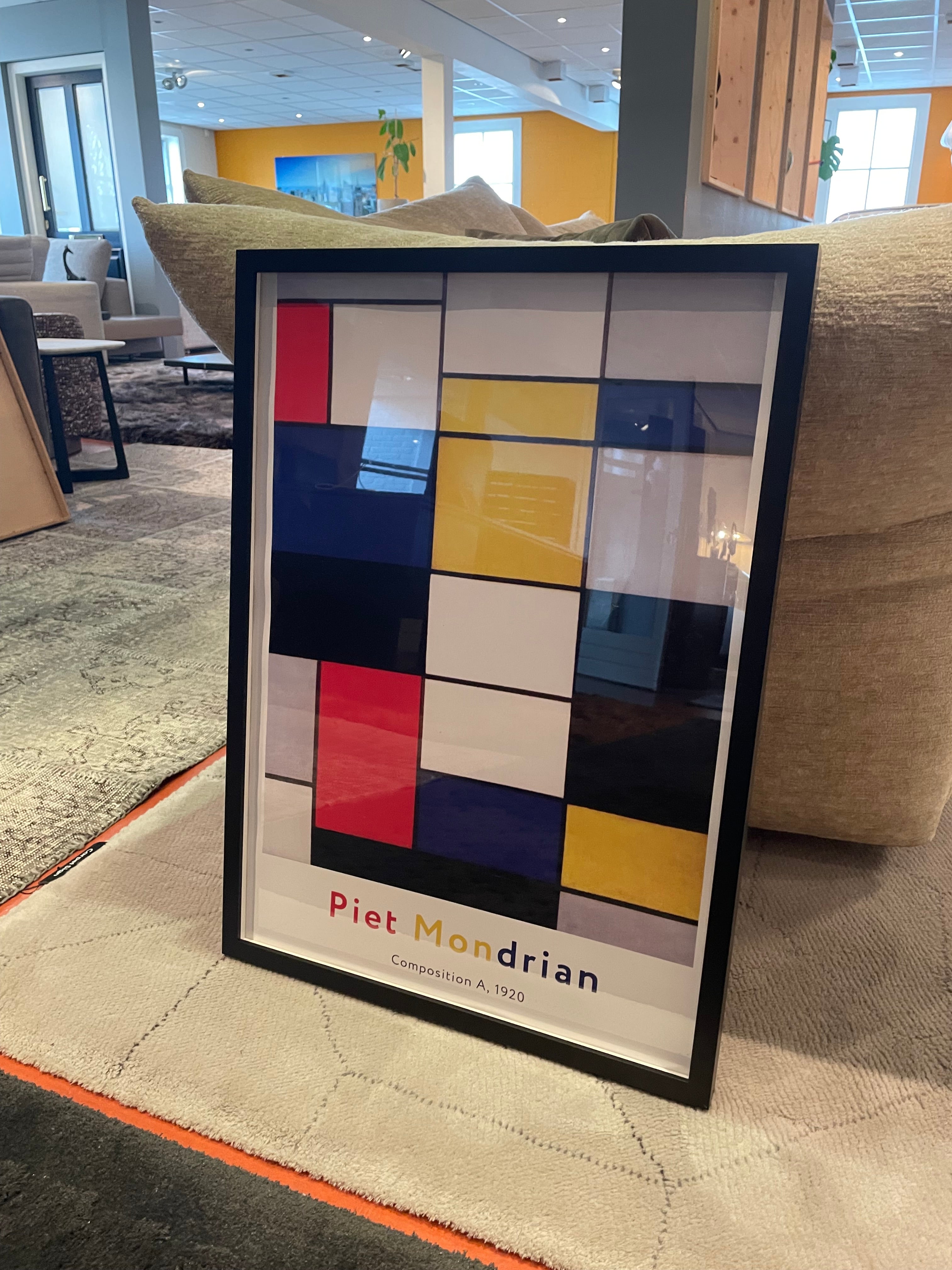
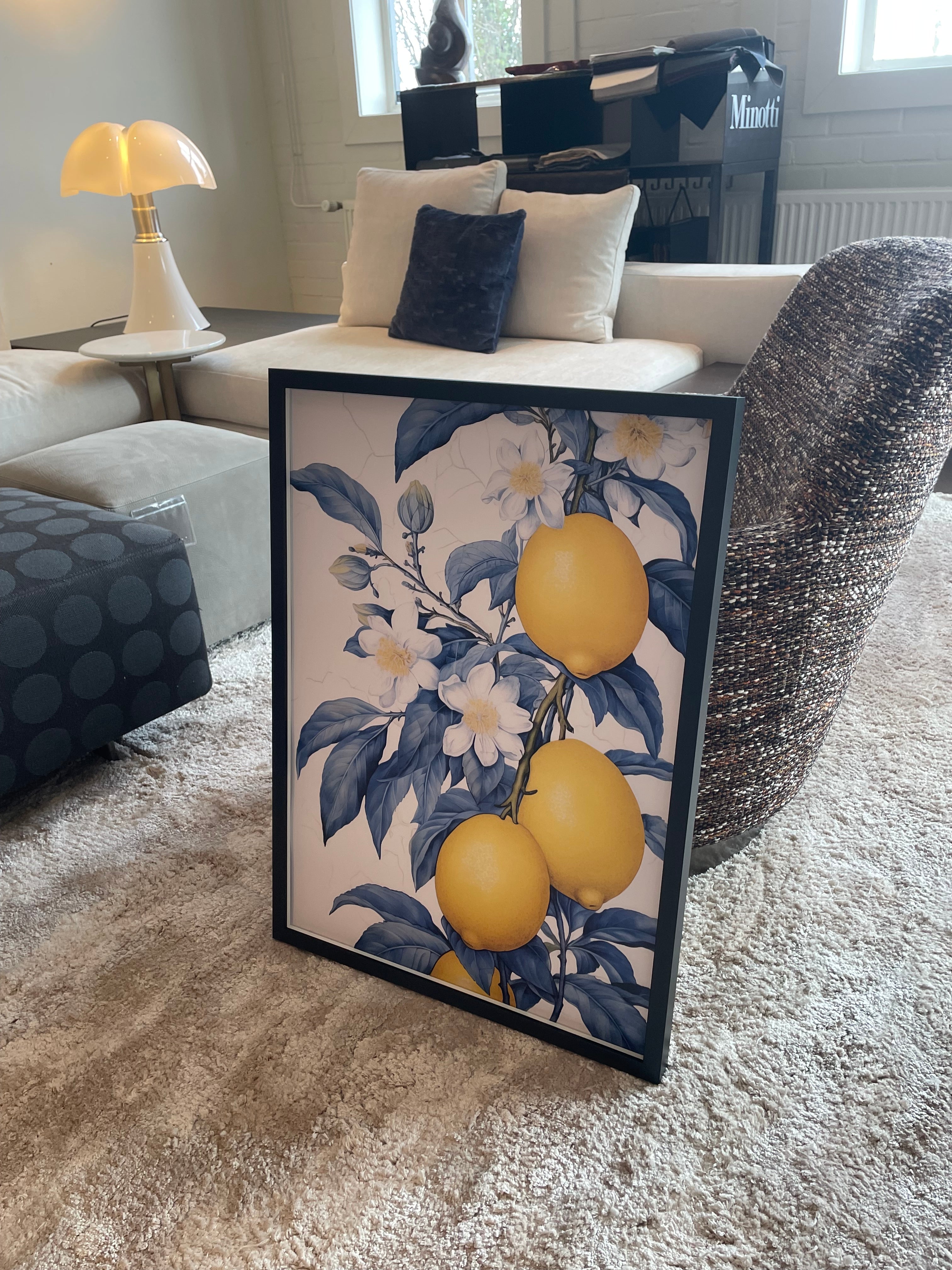
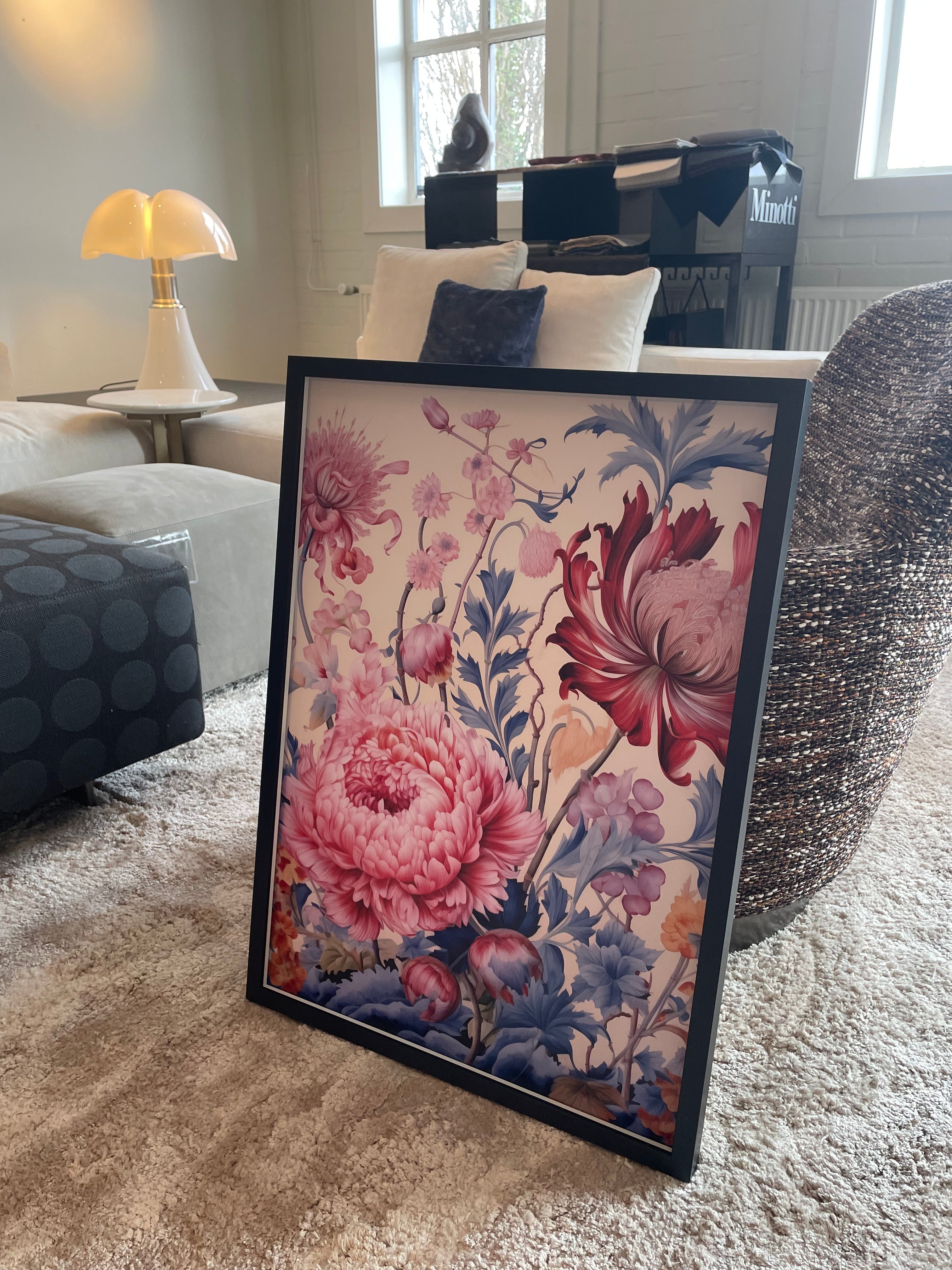
Leave a comment
This site is protected by hCaptcha and the hCaptcha Privacy Policy and Terms of Service apply.